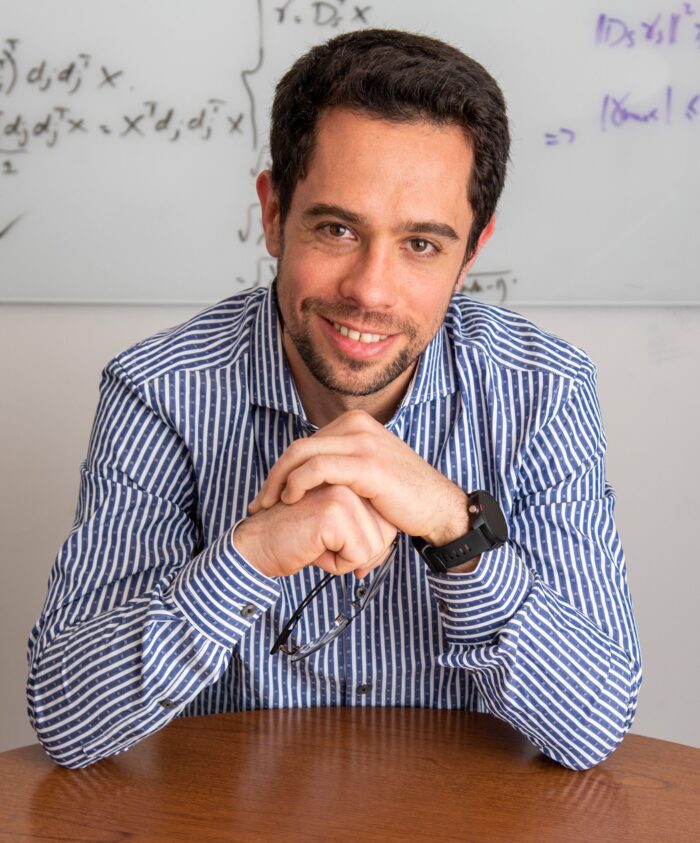ICM Seminar Series: Jeremias Sulam, PhD
“Can we use machine learning interpretability to study biology?”
JEREMIAS SULAM, PhD
Assistant Professor | Johns Hopkins University Biomedical Engineering Department
Abstract: How can we extract interpretable, biologically meaningful patterns from complex biomedical data? In this talk, I will first present an overview of model-agnostic, post-hoc interpretability for finding characteristic patterns in biomedical imaging data based on Shapley value, focusing on what they are, when and how to efficiently compute them, and what they tell us about the problem under study. We will then flip the approach: instead of interpreting an existing model, we design a bi-level graph learning framework that uncovers multiscale cell interaction patterns from high-dimensional tissue imaging data. Local tissue environments are modeled as cellular graphs, while a population graph built on shared spatial motifs stratifies patients into risk groups—without using outcome labels. Importantly, the framework remains interpretable by identifying specific, recurring spatial patterns of cell organization associated with prognosis.
Biography: Jeremias Sulam is the William R. Brody Faculty Scholar and Assistant Professor of Biomedical Engineering at Johns Hopkins University. He received his Bioengineering degree from Universidad Nacional de Entre Ríos, Argentina, in 2013, and his PhD in Computer Science from the Technion – Israel Institute of Technology in 2018. He joined Johns Hopkins that same year, where he is also a core faculty member of the Mathematical Institute for Data Science (MINDS), the Center for Imaging Science, the Kavli Neuroscience Discovery Institute, and the Data Science and AI Institute. He is the recipient of the Best Graduates Award from the Argentinean National Academy of Engineering and the NSF CAREER Award. Sulam’s research focuses on the foundations of machine learning and applications to biomedical imaging. He is interested in learning under parsimonious structures in data, robustness, and ethical implications of data-driven methods, as well as in the interpretability and auditing of the resulting models. His work is motivated by applications of diagnostic imaging in radiology, inverse problems, and biomarker discovery in neuroscience and digital pathology.
September 2, 2025, 4:00pm – 5:00pm EST
Location: Homewood Campus, Clark Hall Room 110 (Zoom link)
Sep 02Time
16:00 PM - 17:00 PM


